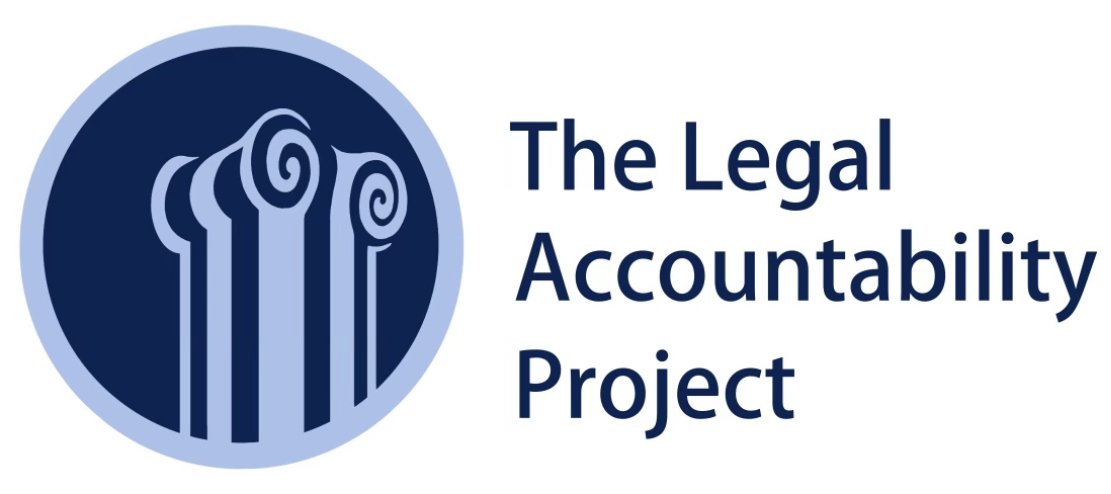Diversifying Our Clerkship System
Diversifying judicial clerkships and the legal profession. It's the theme of LAP's law school programming this year. It's also one of our core values.
The best way to diversify the clerkship applicant pool, legal profession, and judiciary is to empower students with transparent, equitable, candid information about clerkships.
LAP receives significant outreach from diverse students and clerks, with “diversity” defined broadly to include not just gender, gender identity, and race, but also disability, veteran, and socioeconomic status; geography; and political affiliation, all seeking broader access to information than their law schools can provide, regardless of ranking or resources. Here’s what we’ve learned:
1. The law clerk population is notoriously homogenous. The vast majority of federal law clerks are white, and the majority are male. State court clerkships haven't corrected this lack of diversity either. Due to a dearth of data about diversity in clerkships, it's difficult to quantify the scope of the problem, which is the first step toward crafting effective solutions.
2. This lack of diversity among law clerks has implications for fairness in judicial decision-making. When opinions are researched and written by white male judges and their white male clerks, judicial chambers lack critical perspectives. Incorporating a diversity of perspectives into judicial decision-making leads to fairer outcomes for litigants.
3. Homogeneity among clerks has larger implications for the future face of the legal profession. Today's law clerks are tomorrow's law firm associates and partners; prosecutors and public defenders; law professors; and judges. Considering the outsized influence that a clerkship has on attorneys' future career success, diversifying the profession starts with diversifying law clerk hires.
4. Diversifying clerkship hires benefits legal employers, including law firms, government employers, legal academia - and anyone seeking to diversify their hiring. The legal profession places an enormous premium on judicial clerkships, and many employers are interested in hiring former clerks, both because of their training and their relationships with the judiciary. But if the vast majority of clerkships are obtained by white men, and legal employers seek to hire former clerks, they will continue to hire white men to the exclusion of various diverse identities. Anyone seeking to diversify their hiring must be part of the conversation around diversifying judicial clerkships.
5. Diverse students have unique considerations when deciding whether and where to clerk, including whether judges hire diverse candidates and are sensitive to diverse identities.
6. Transparency benefits everyone. But it particularly benefits historically marginalized groups, who disproportionately lack access to the formal networks and information channels that help their peers obtain clerkships. The clerkship process starts 1L fall, yet first-generation students may not know what a clerkship is, let alone why they should clerk or how to obtain a clerkship. Transparency initiatives help level the playing field for these students.
7. Even at well-resourced schools that possess some information about clerkships, because law clerks have historically been white and male, these schools have limited information about diverse experiences.
8. Diverse clerks may experience the same judicial chambers and judge/clerk relationship differently. Yet we do not have enough information about these experiences, because they are underrepresented in clerkships.
9. Empowering historically marginalized groups with broader, more equitable access to information will encourage more diverse students to clerk, while raising the bar on workplace civility and cultural sensitivity in the judiciary.
10. Students and clerks often convey to LAP that their law schools’ clerkship advising is insufficiently culturally sensitive. These students may choose not to approach Career Services for assistance. Some would prefer an advisor whose lived experience resonates with theirs. Others would rather read about clerkship experiences via a centralized legal technology resource.
By democratizing information about judges as managers and clerkship experiences, LAP’s Centralized Clerkships Database is the best way to empower more diverse students to pursue clerkships with the confidence they'll be treated fairly and respectfully throughout the process. LAP’s Database ensures broader, more equitable access to information, considering the current limits on information accessibility and how selectively information is typically shared.
Considering the outsized influence of clerkships on attorneys’ future career success, we owe it to the next generation of legal professionals to ensure transparency, equity, accountability, and safe workplaces.
If you haven't done so already, please visit survey.legalaccountabilityproject.org and share your clerkship experience with LAP. Then, encourage those in your networks who clerked to do the same. This is the best way to diversify the clerkship applicant pool, judiciary, and legal profession.


